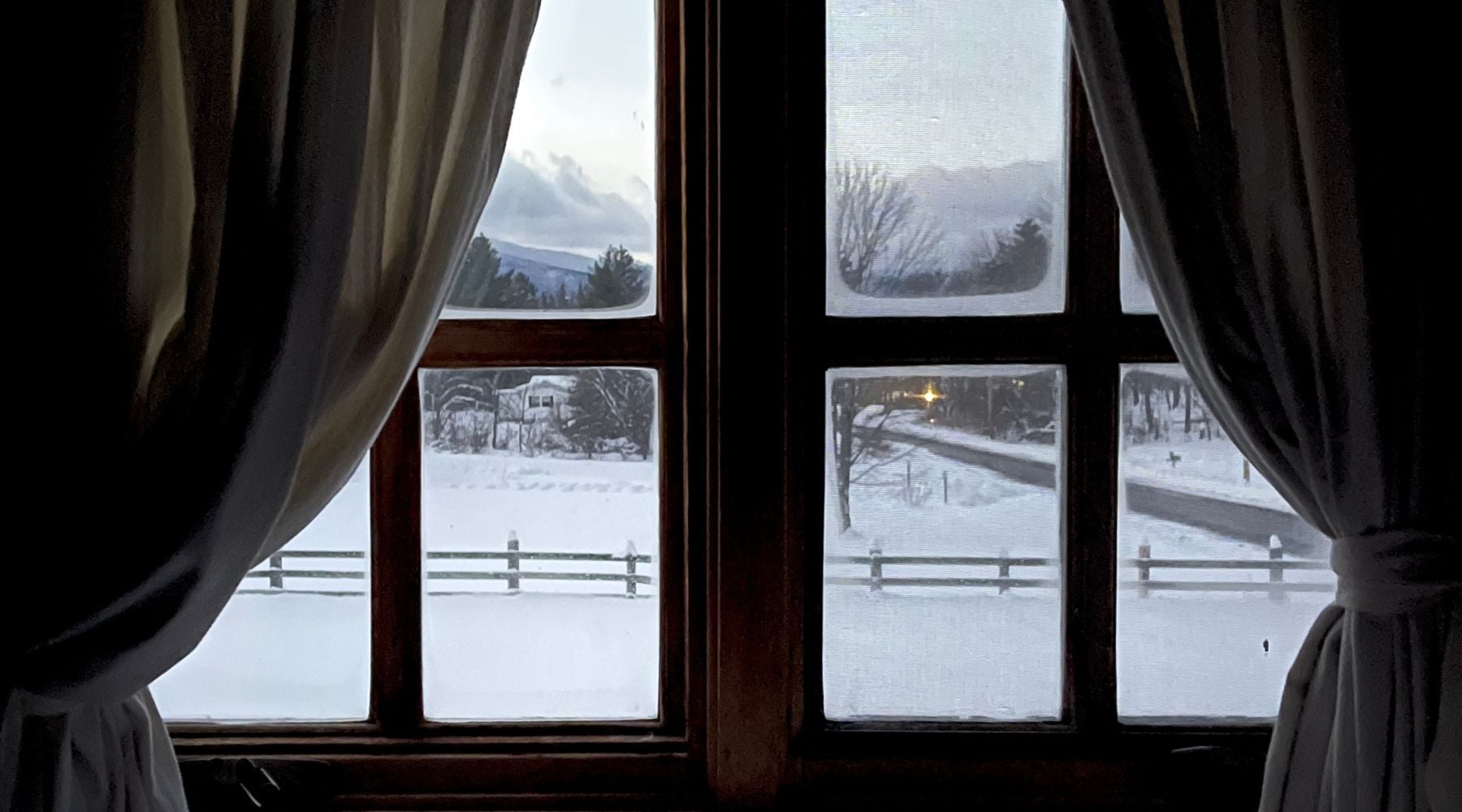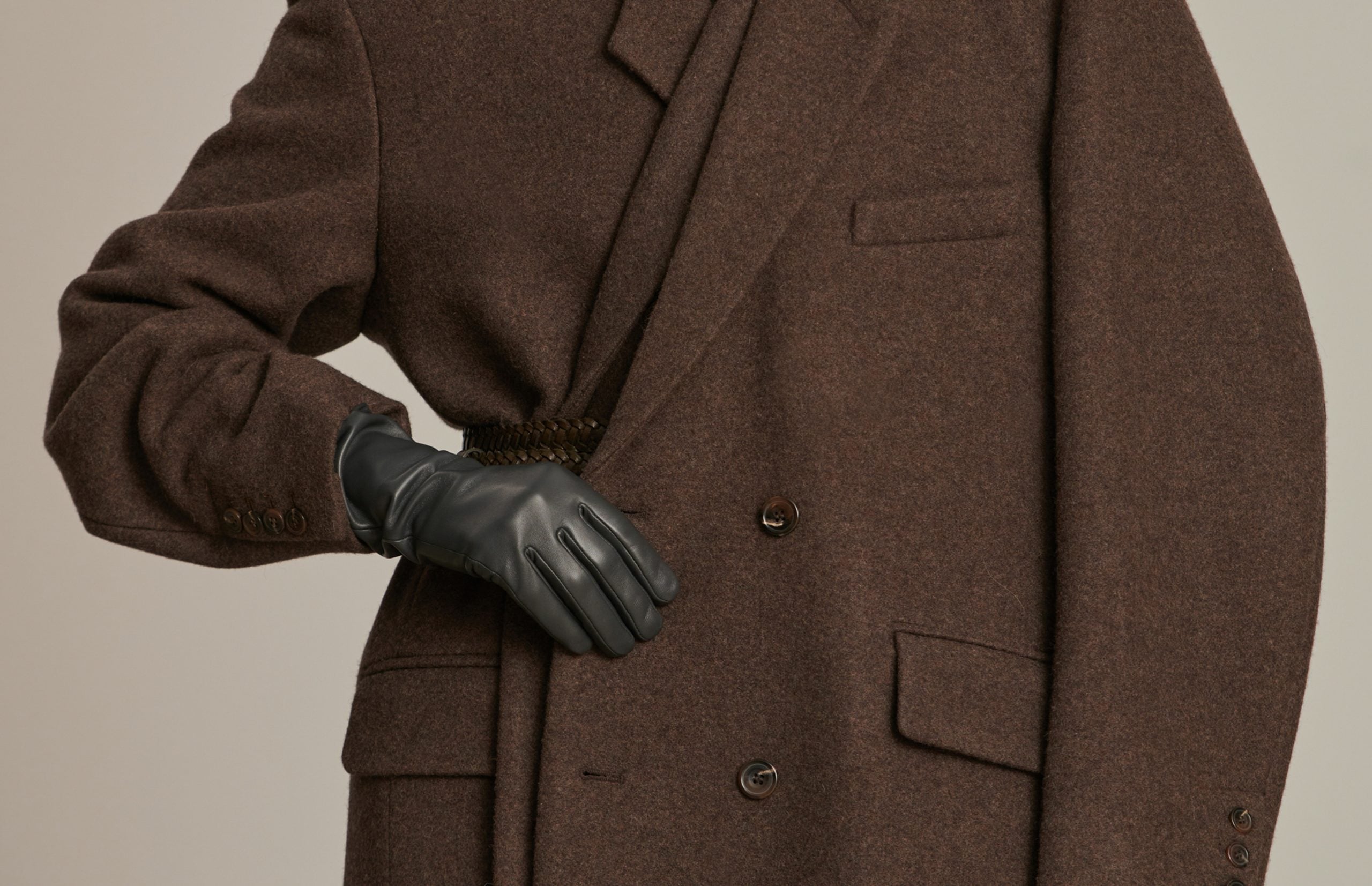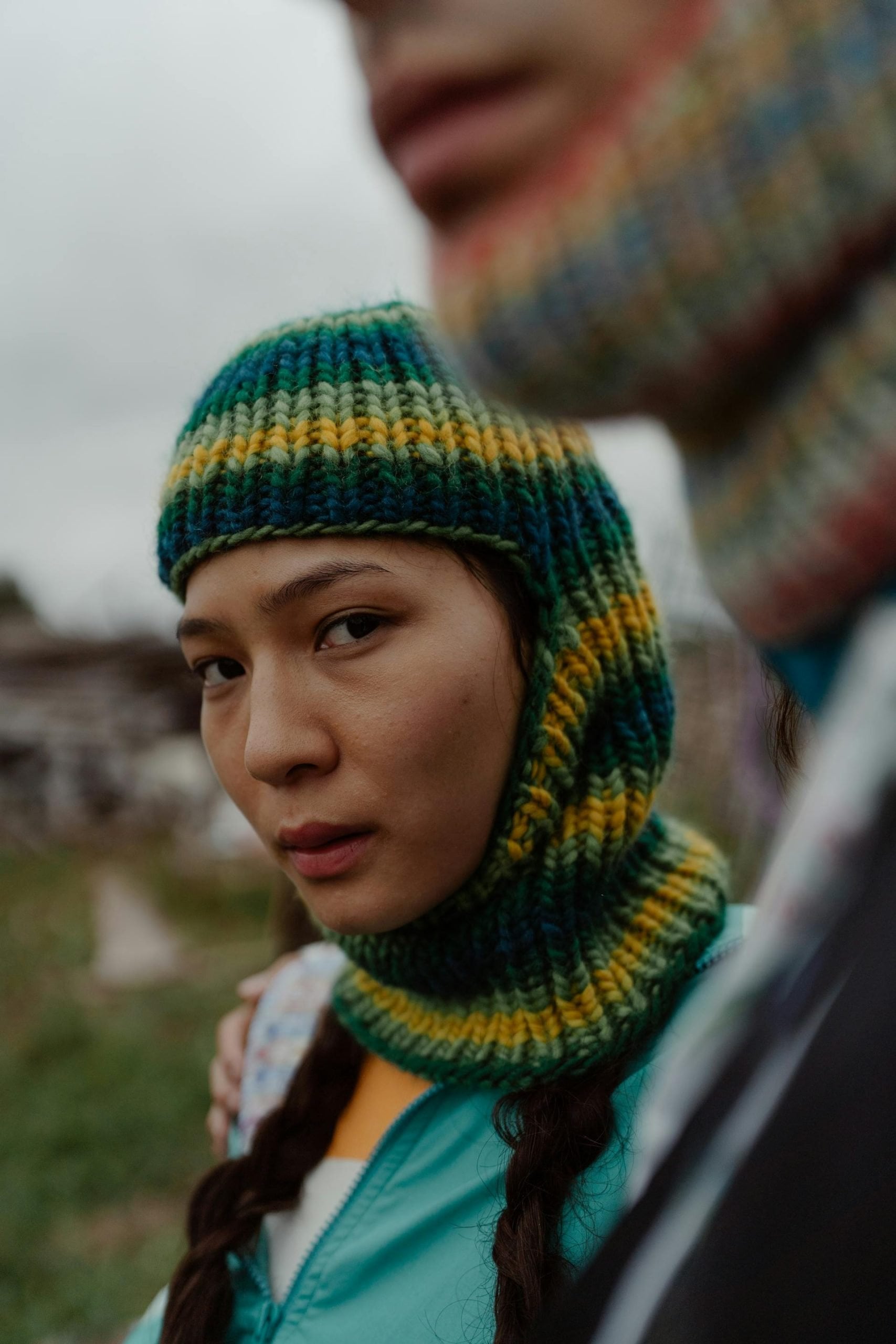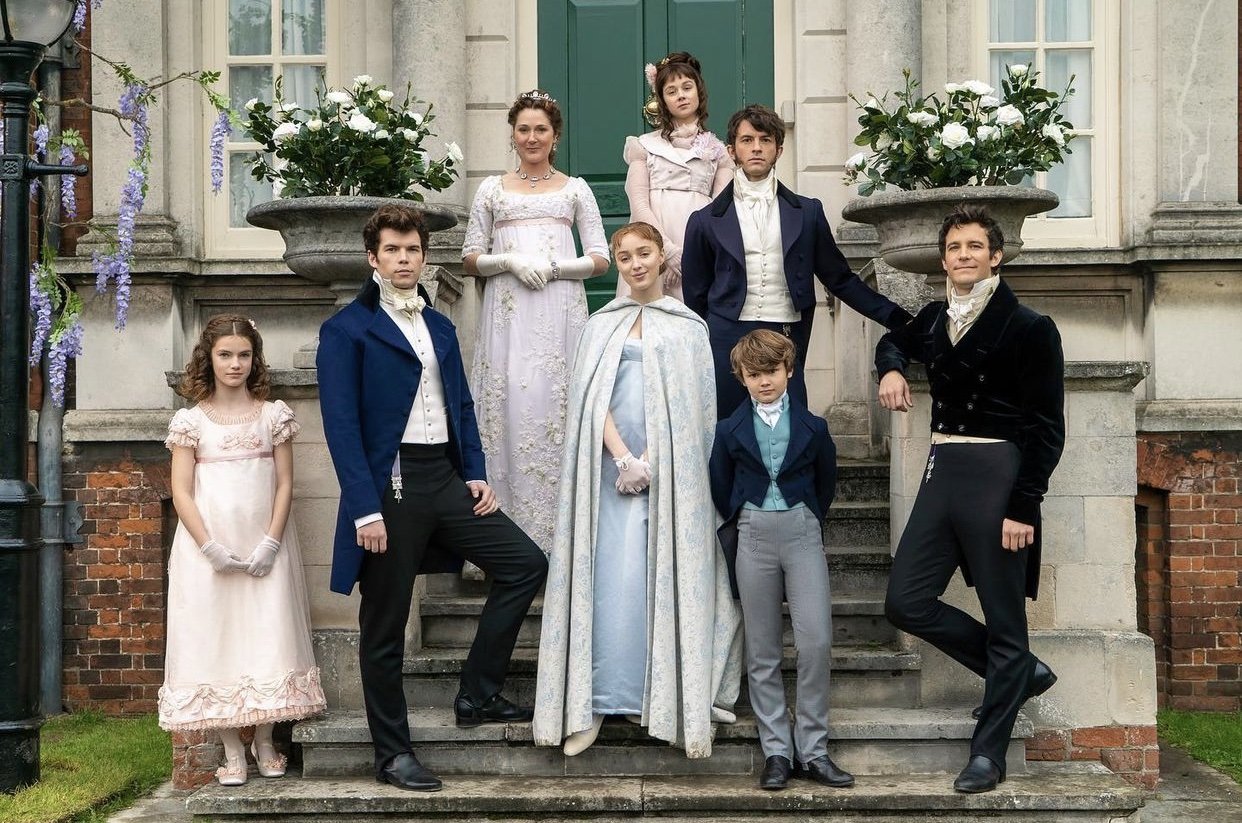
The Bridgerton Chronicles: Creating a Costume Era
This publication is also available in: Français
English (UK)
Deutsch
Italiano
Español
Often staged, particularly in productions inspired by the novels of Jane Austen, the era of the English Regency has graced our screens more than once. However, it was with a much more modern twist that it shone in 2020, in the hit series Bridgerton Chronicles. With the upcoming release of season 2 on March 25, let’s take a closer look at the creation of the series’ iconic costumes.
The Little Hands Behind Bridgerton
The production of period films and series represents a real challenge for the artistic direction teams. Especially when tackling a period already staged many times. Thus, the teams of the Bridgerton series wanted to approach the English Regency era with a more modern eye to catch the viewers’ attention. A remarkable feat, almost overshadowing Mark Darcy!
To offer a “never-seen-before series”, Chris Van Dusen, the creator and showrunner of the series, turned to Ellen Mirojnick for costume creation. If her name doesn’t ring a bell, this multi-award-winning American costume designer recently shone through her work on The Greatest Showman, directed by Michael Gracey.
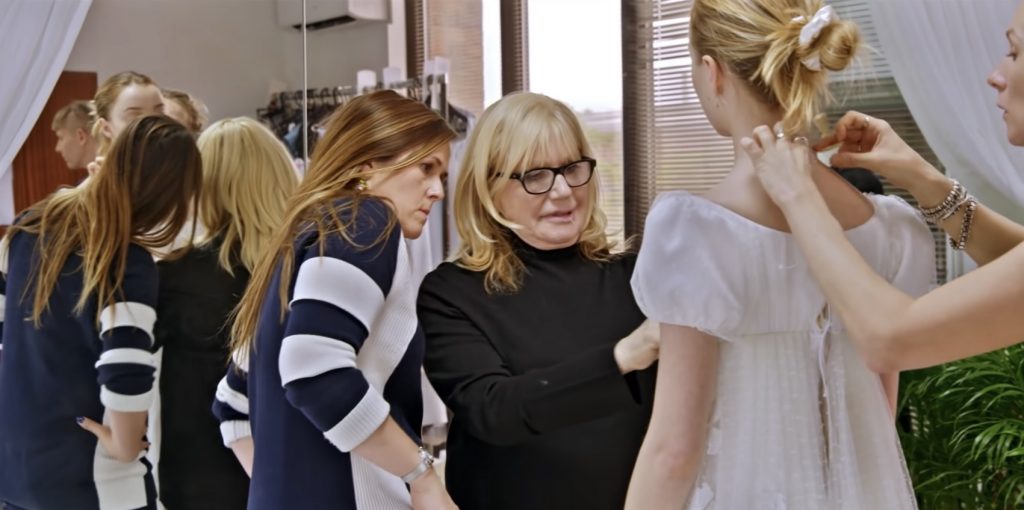
The costume designer assembled a team of over 230 modelers, tailors, and jewelry artisans… Who, under her vision, brought to life around 7,500 pieces. Unique costumes, designed and crafted specifically for the series. Sublime pieces, meticulously handcrafted, including the assembly of jewelry. A majestic effort, also executed by prominent names in fashion, like Mr. Pearl, known for designing the corsets for Bridgerton.
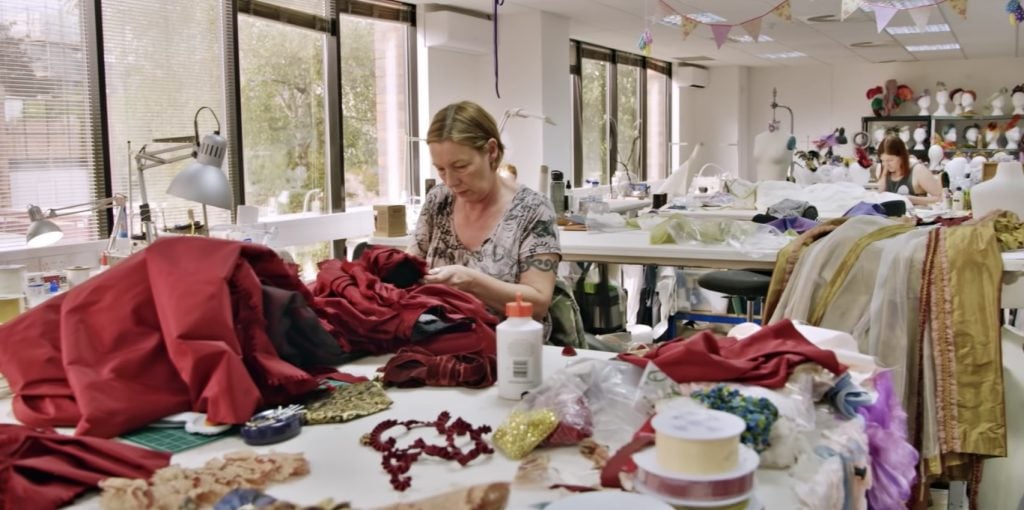
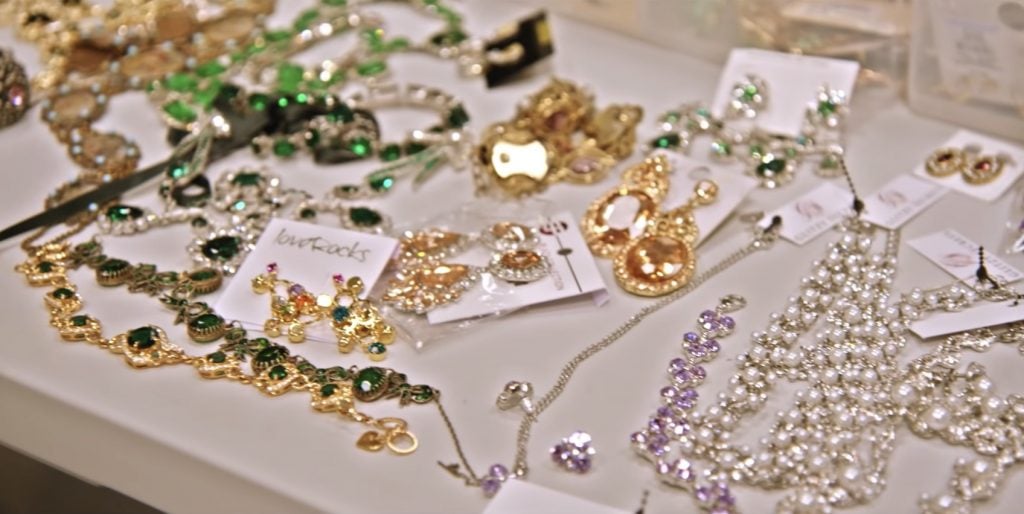
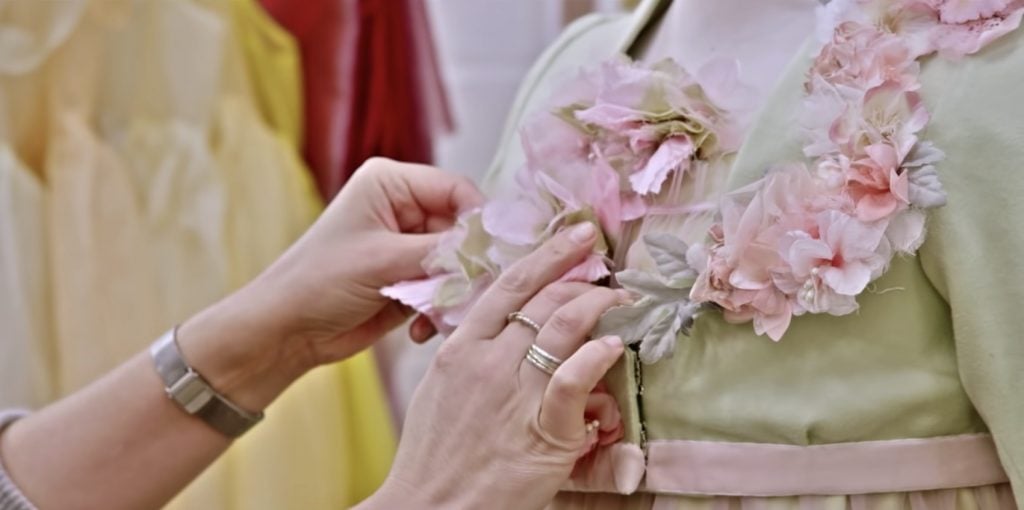
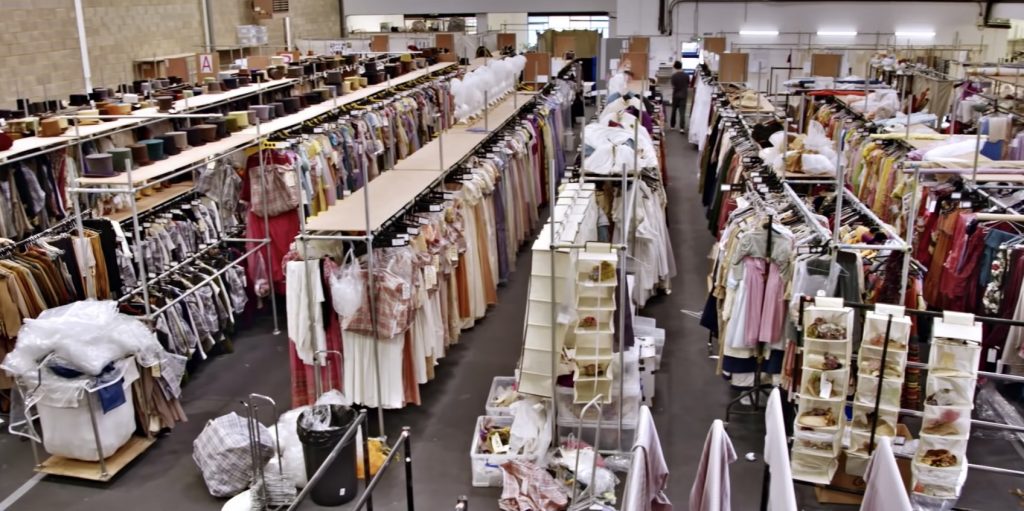
The English Regency in Costumes
Bridgerton vs. Featherington
Spring 1813, heading to Grosvenor Square, in the heart of London; to follow the entrance into British society of debutantes belonging to the London high society. Filled with scandals, narrated by the pen of a mysterious Lady Whistledown (echoing Gossip Girl), we follow the journeys of the young women from the Bridgerton and Featherington families. Amidst rivalries, passions, mysteries, and love stories, the series enchants with its vivid and offbeat color palette.
Creating the Costumed World of Bridgerton
It is thus in the heart of the English Regency period (1803-1820) that the story takes root. Ellen Mirojnick was able to rely on various elements, notably period paintings, to design the series’ costumes. Works from the 18th and 19th centuries, particularly those of Genieve Figgis, supported her artistic choices. Likewise, paintings from the 1940s to 1960s were also referenced to infuse modernity. Major brands, such as Chanel, inspired the costume designer with their fashion shows, notably the one from 2017, as well as exhibitions of pieces from the house.
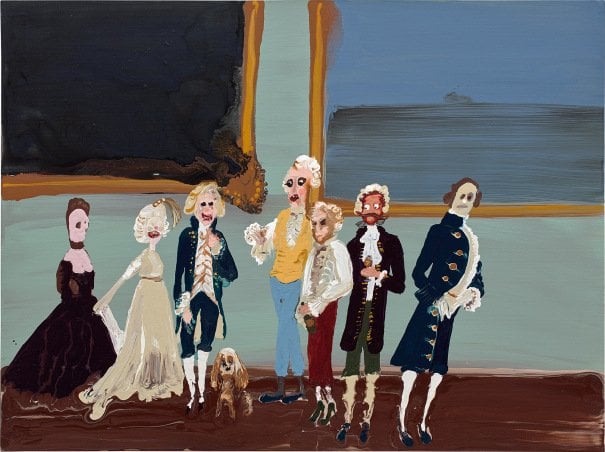
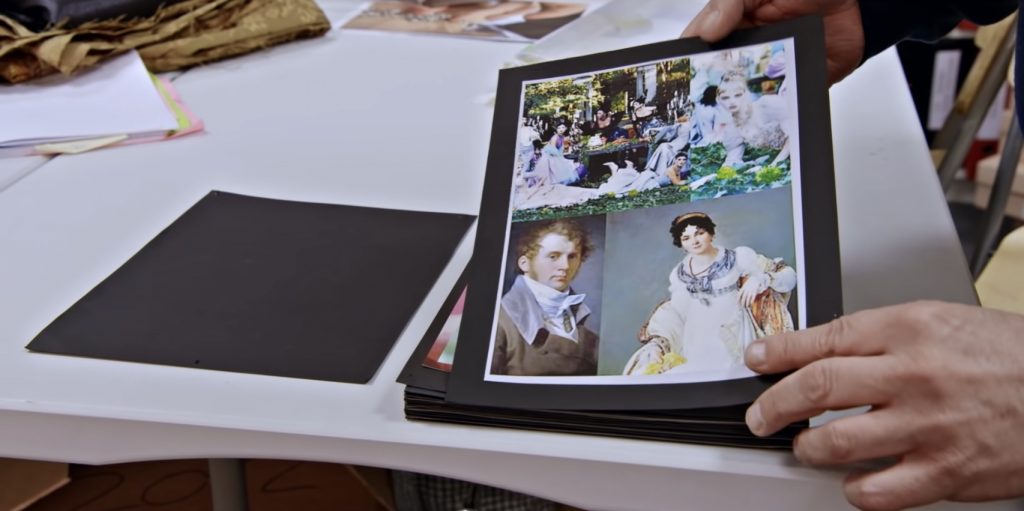
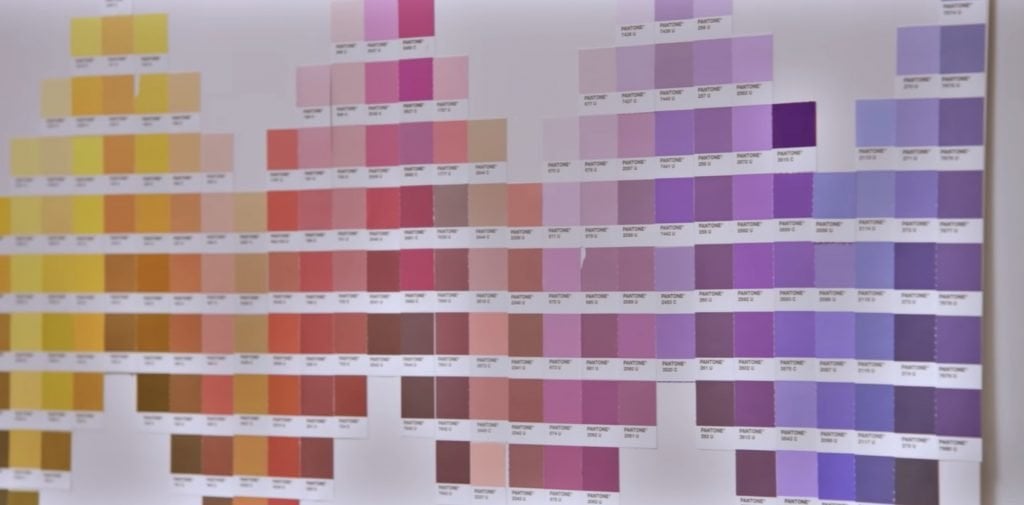
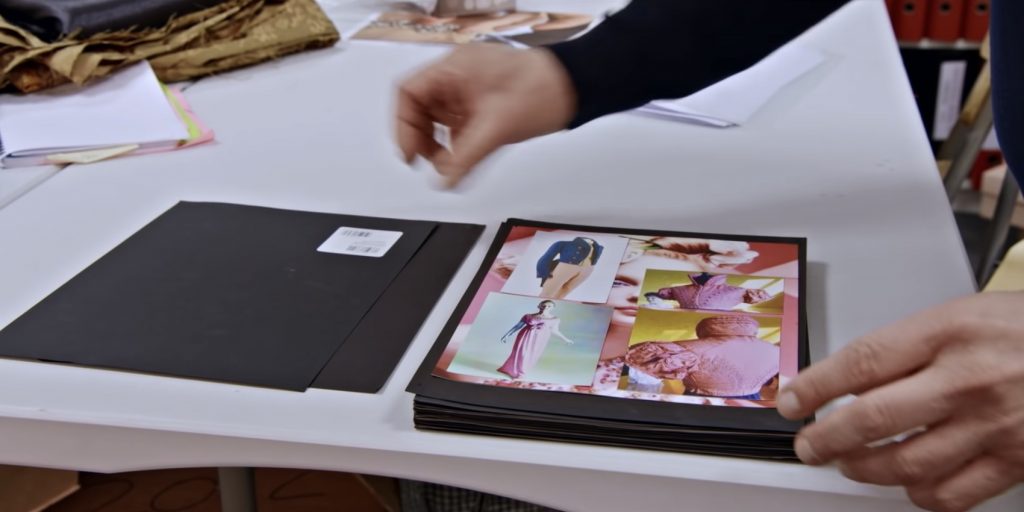
The dominant artistic intention for creating the world of Bridgerton was to respect the historical context and the silhouettes of the time. While adding a “Shonda Rhimes twist” (the producer behind Grey’s Anatomy). This vision of 1813 aims to be more luxurious and sumptuous, with a bolder and more modern color palette. To achieve this artistic choice, certain liberties were taken with the authenticity of the costumes.
Between Historical Realism and Aesthetics
The “social season,” running from early in the year until summer, forced the creators to design costumes suitable for different seasons. But also, for different times of the day. Indeed, during the English Regency, outfits evolved throughout the day. A walking outfit, for example, was a bit more covered, especially around the arms and neckline, than an evening outfit. Additionally, the length of dresses, fabric colors, or hairstyles varied based on age and social standing. So many codes to consider to create a realistic period series.
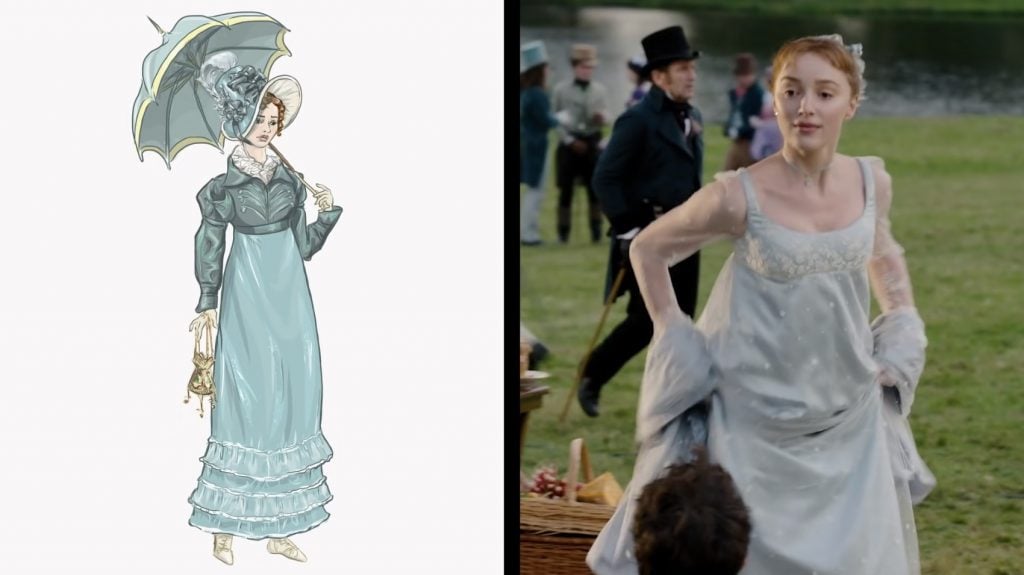
However, to make the series sexier and more modern, certain liberties were taken to prioritize aesthetics over realism. Notably, we find corsets worn without a shirt underneath. These corsets are also extremely tight, unlike in reality, where waists were not redrawn at the time. Skin and décolletés are more exposed than in the past, and hair is often left down for added femininity.
Certain colors not used in the period are also included in the costumes to add depth to the characters. Like the black shirt worn by Simon, who also sports a three-day beard, which was not in vogue at the time, unlike the sideburns worn by Antony, which were the trend of that period.
Light hues and muslin dresses have been shelved to create much more voluminous, textured, colorful pieces, adorned with embroidery and details… This adds more depth and drama to the relatively simple outfits of the time. Thus, the Bridgerton outfits adhere to the principle of this period, namely, to go out to see and be seen.
Some period pieces are thus worn in a more modern way.
Although liberties were taken, particularly with the costumes of the main roles, we notice that the extras wear costumes more in line with the norms of the time, to create a realistic image, such as wearing top hats.
Characterization Through Costumes
Beyond contributing to the aesthetic creation of the series, the costumes allow for characterizing the Bridgerton characters and highlighting the narrative line.
The choices of costumes thus allow for a clear differentiation and opposition between the two families, Bridgerton and Featherington.
Well-established in the English high society, the Bridgerton family is dressed in costumes of powdery tones, in shades of pale blue and green, with silver details. These colors highlight the reputation and refinement of the family. In contrast, the Featherington family, with the tastes of new money, has more colorful outfits, adorned with many details, in citrus colors and floral patterns. These costumes give the impression that the mother has tried everything to ensure her daughters stand out.
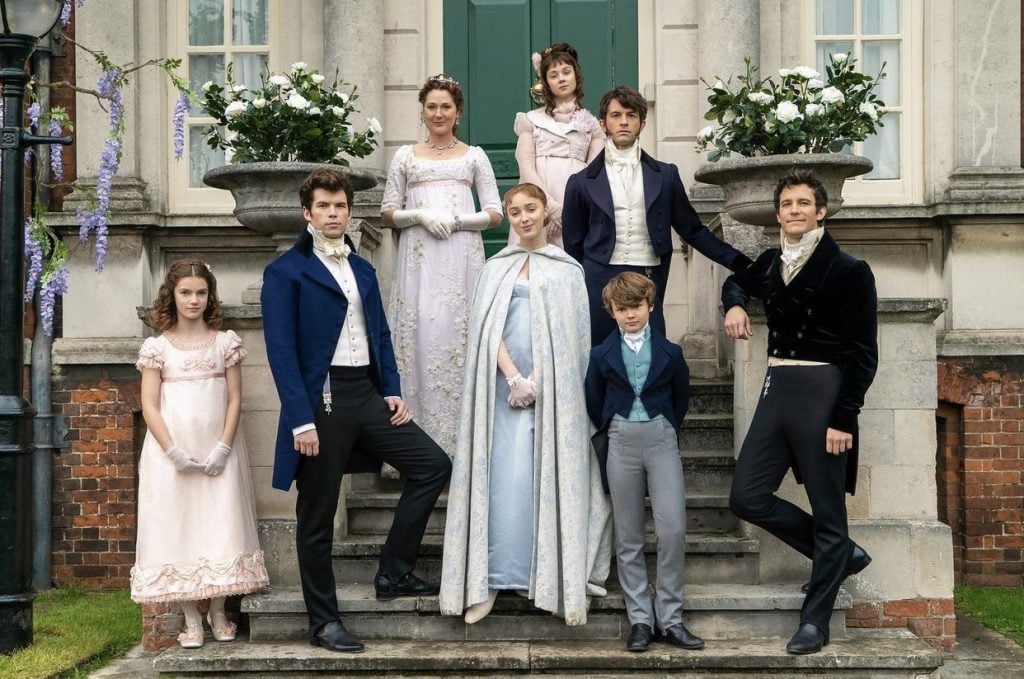
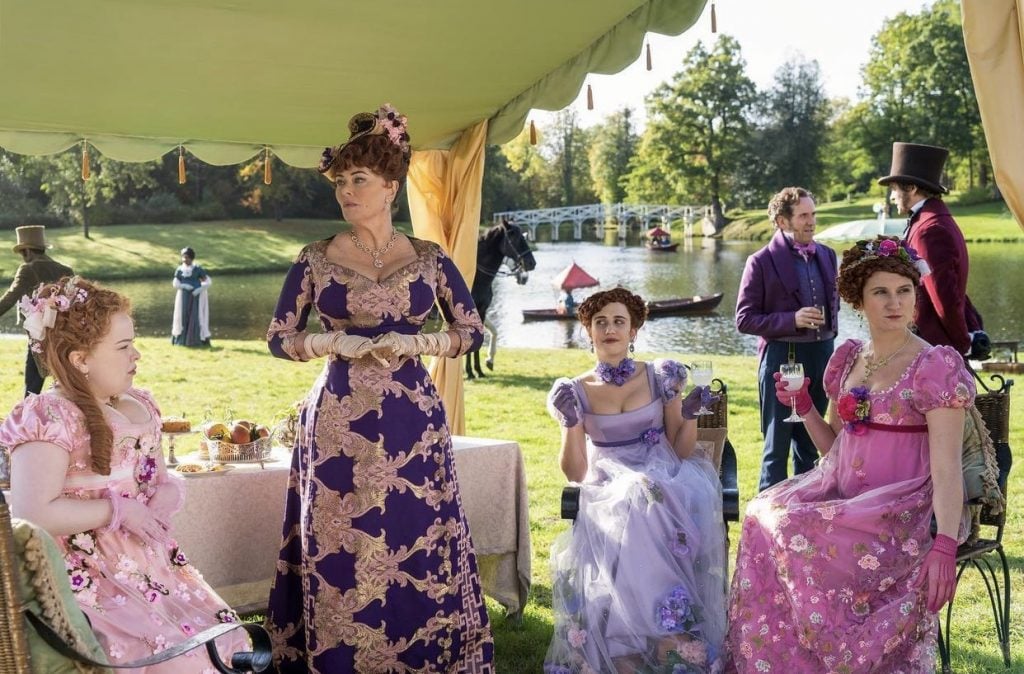
The Duke of Hastings, for his part, has costumes inspired by those of the dandies of the Regency era, like Beau Brummell. However, they are a bit more relaxed and romantic than in that time. The colors of his pieces, in shades of red/violet, echo the costumes of Lady Danbury, who raised him.
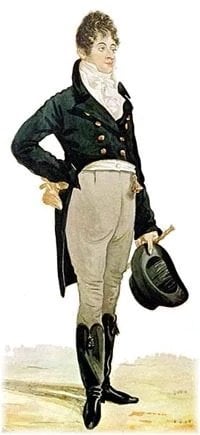
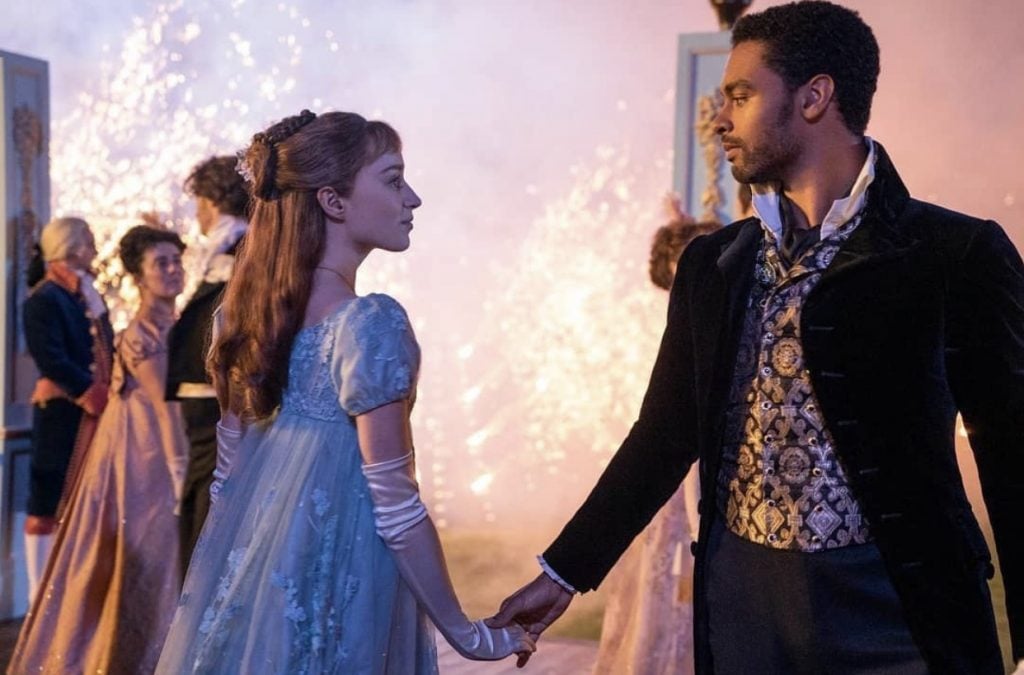
Queen Charlotte, who was queen consort to King George for 50 years, is known for having maintained a similar silhouette since her taking office. Bridgerton showcases her late 18th-century style, evident in paintings. Lacking continuity in scenes where she appears, the Queen is able to wear multiple costumes in Bridgerton, almost to the point of exuberance, establishing her status and power. Her outfits are characterized by the use of hoops to accentuate the sides, and the wearing of French wigs from the Marie Antoinette era.
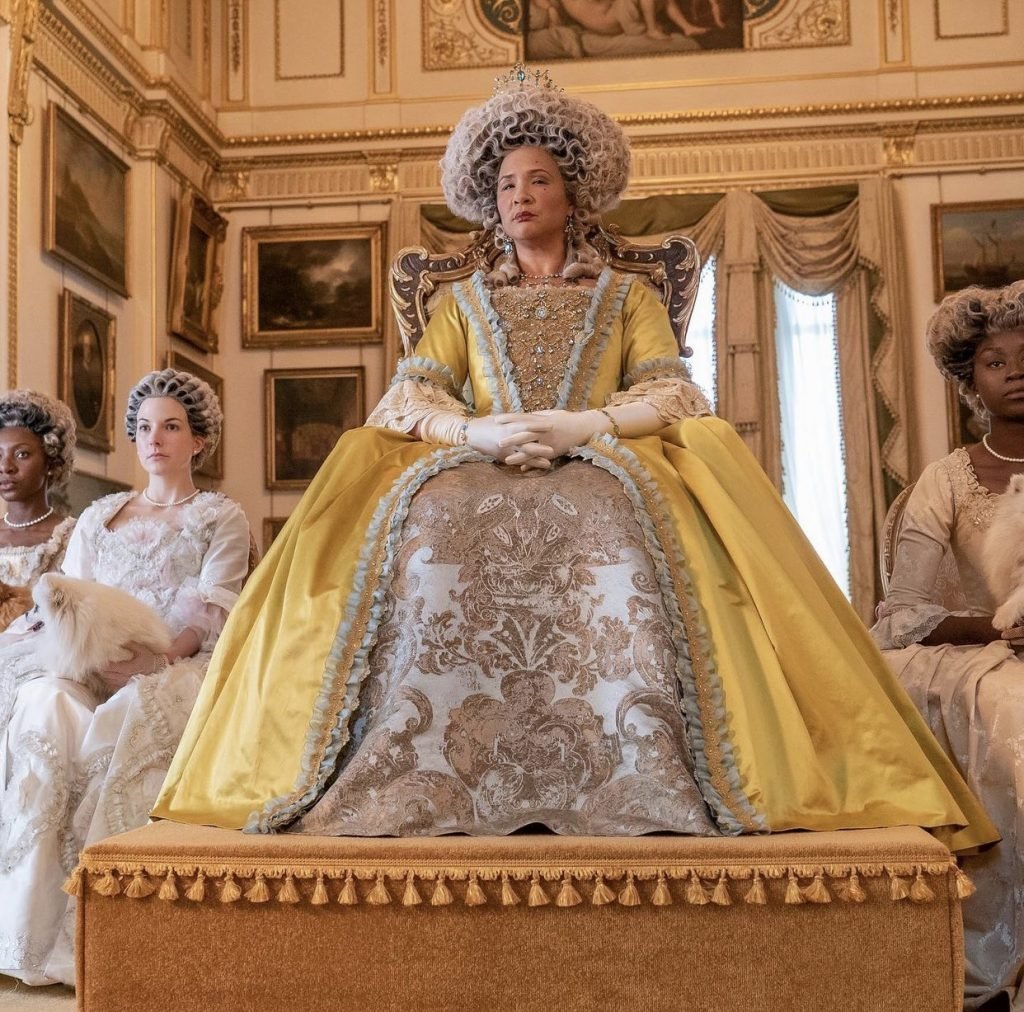
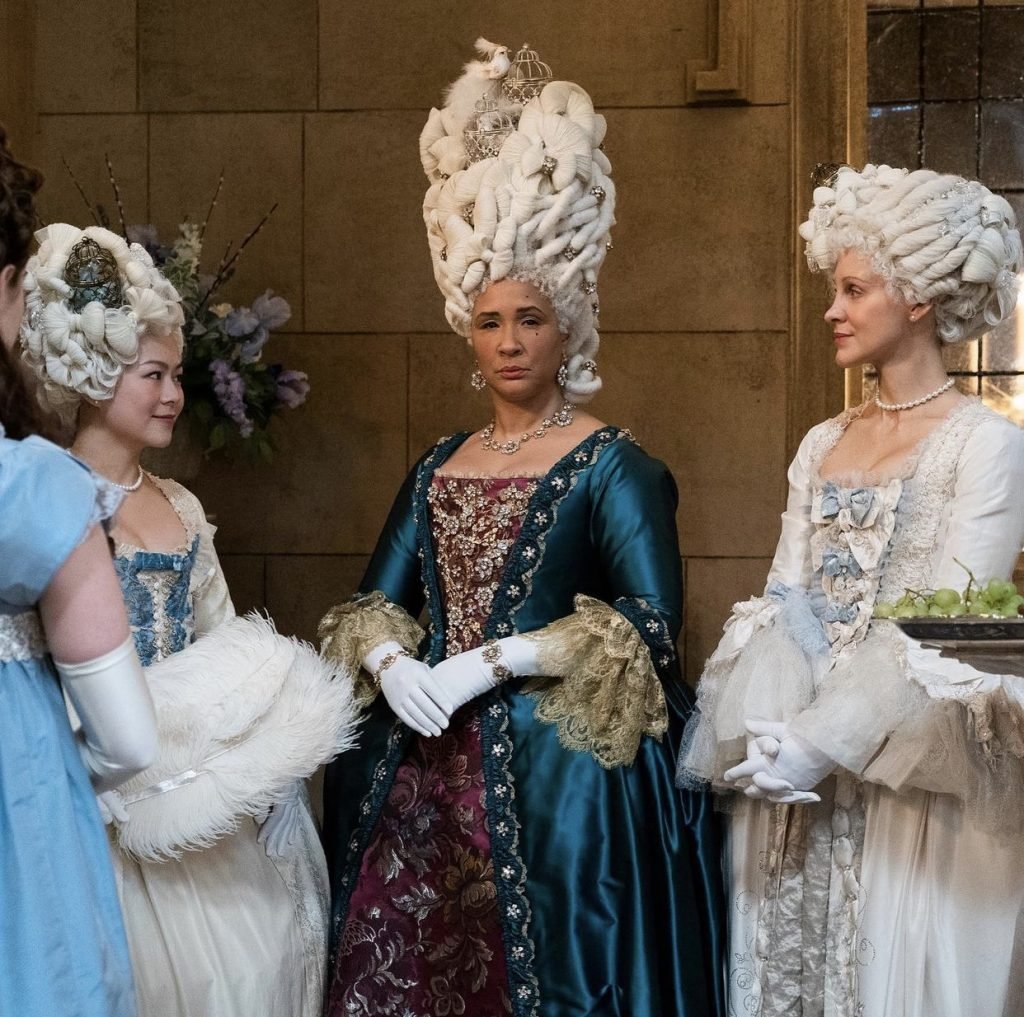
The costumes, and their evolution throughout the episodes, help to support the story.
We observe Daphne wearing outfits in colors that darken as she grows closer to the Duke of Hastings. Notably, with shades of violet/ochre (Simon’s color) gradually appearing in the fabrics.
We also notice with Penelope a change in the colors of her costumes. This underscores her love for Colin and jealousy towards Marina, who is drawing closer to him. The bright yellow hues are gradually replaced by powdery pink tones, characteristic of Marina.
A Touch of English Regency in Our Closets
The Bridgerton series has captivated thousands of viewers, bringing certain pieces of yesteryear back into fashion. Following season 1, we witnessed a spike in sales of empire-waist dresses and velvet gowns. Capes have also made a comeback, particularly at Isabel Marant. Céline re-released pairs of Mary Jane shoes, quickly sold out, along with slightly retro hair accessories seen from brands like Miu Miu.
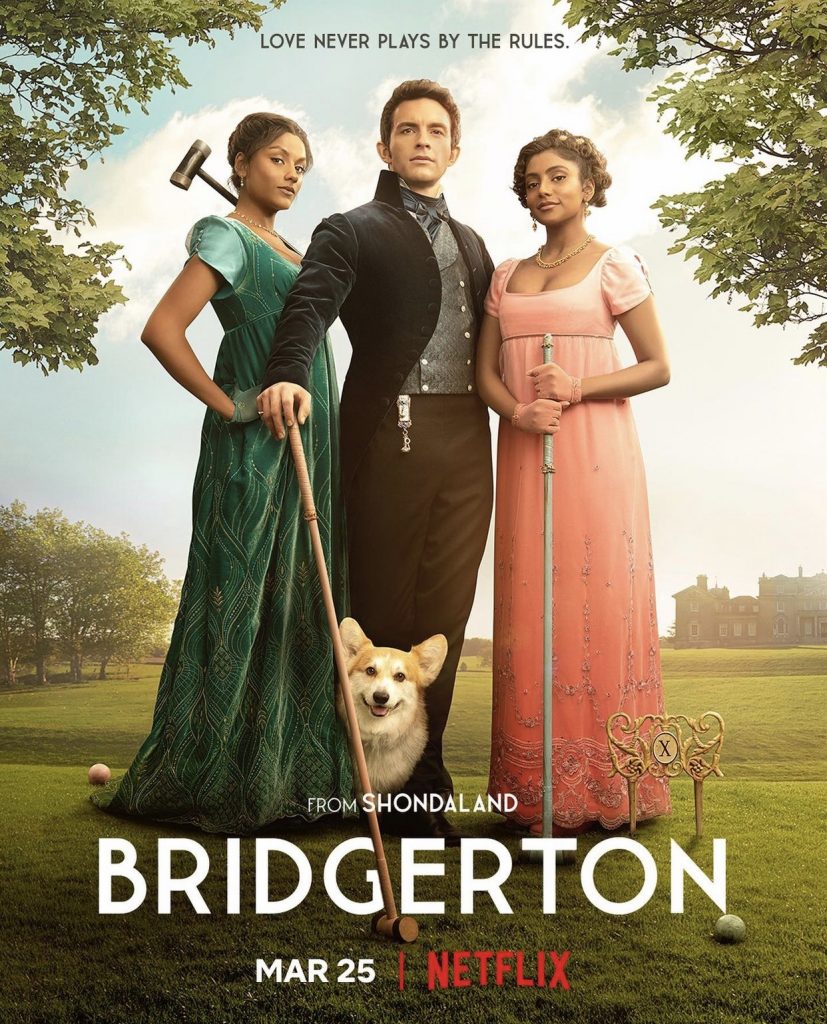
If you too wish to infiltrate the debutantes’ balls, discovering all their secrets and dreaming before these enchanted costumes, mark your calendars for March 25 for the new season!
